
How to Use SparkFun nRF52832 Breakout: Examples, Pinouts, and Specs
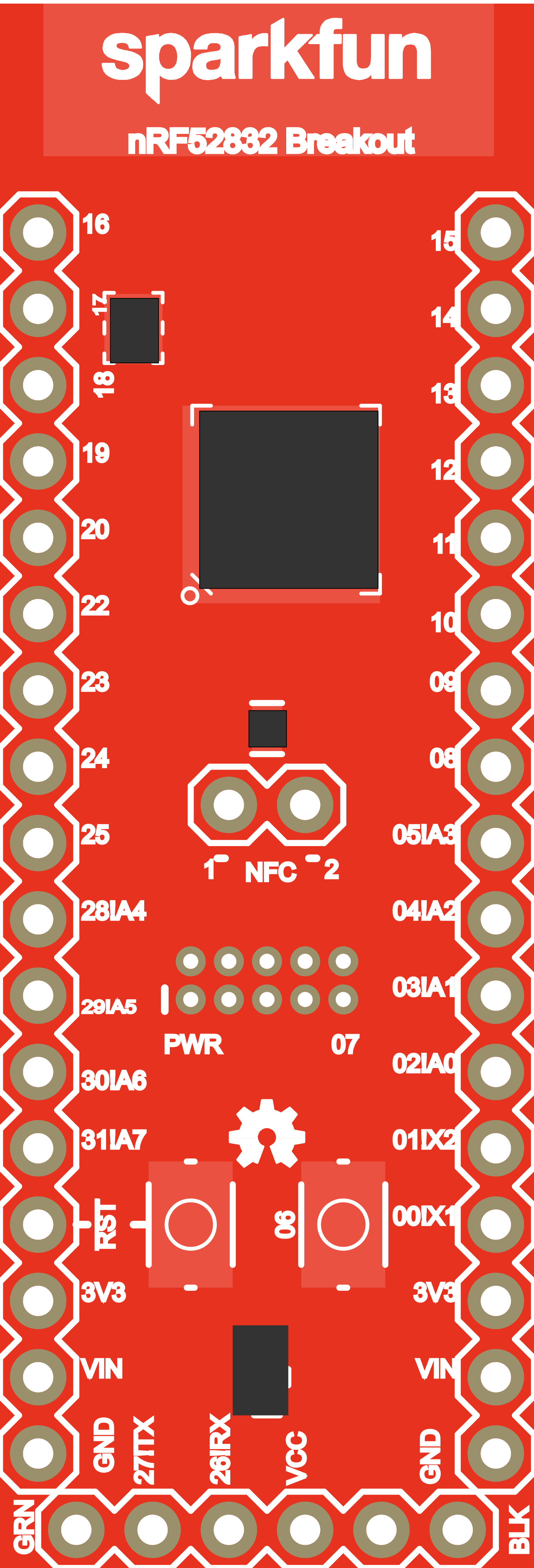
 Design with SparkFun nRF52832 Breakout in Cirkit Designer
Design with SparkFun nRF52832 Breakout in Cirkit DesignerIntroduction
The SparkFun nRF52832 Breakout is a versatile and powerful development board designed for Bluetooth Low Energy (BLE) applications. Based on the Nordic Semiconductor nRF52832 System-on-Chip (SoC), this breakout board is ideal for engineers and hobbyists looking to integrate BLE functionality into their projects. With its small form factor and low power consumption, it is particularly well-suited for wearable devices, IoT sensors, and smart home applications.
Explore Projects Built with SparkFun nRF52832 Breakout
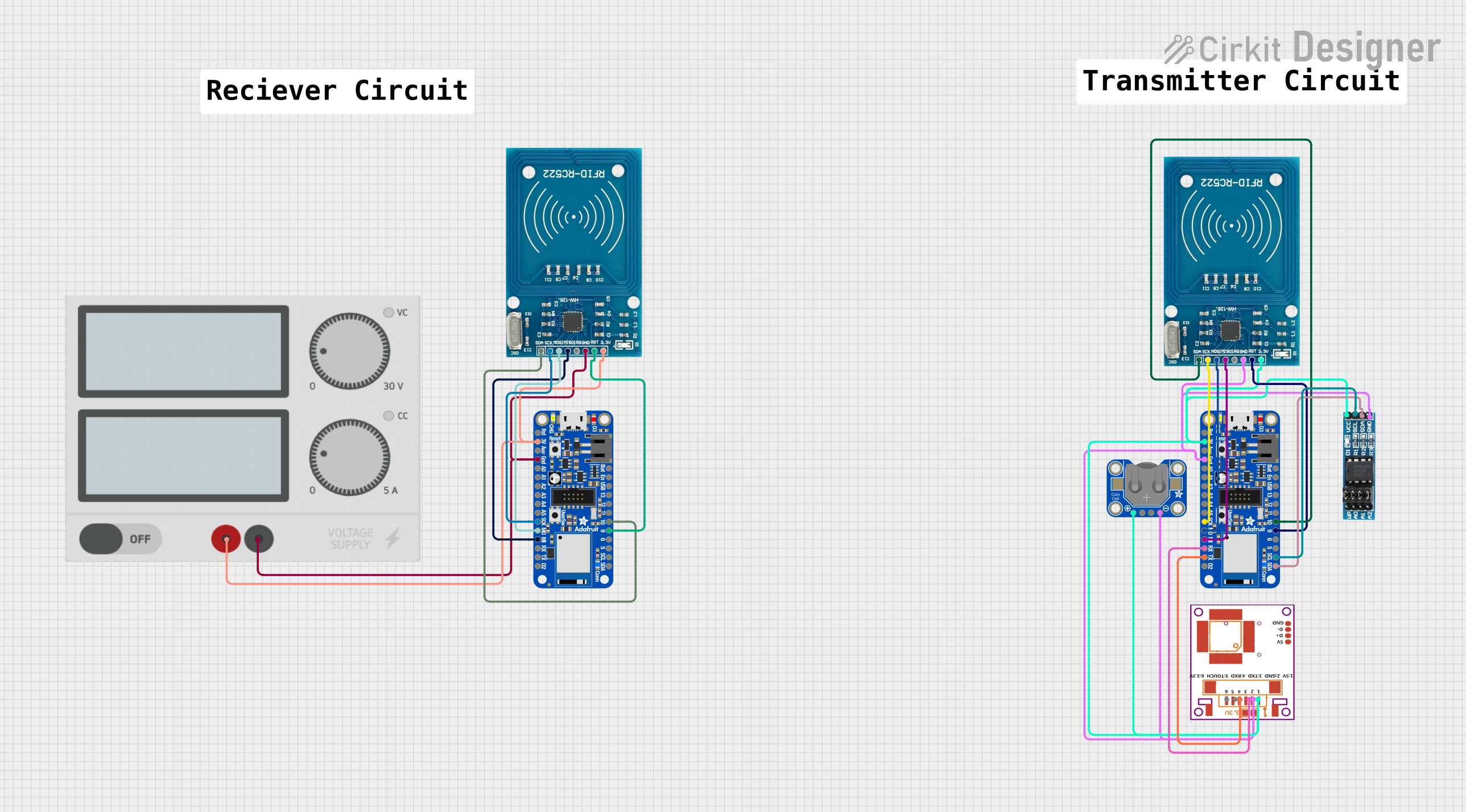
 Open Project in Cirkit Designer
Open Project in Cirkit Designer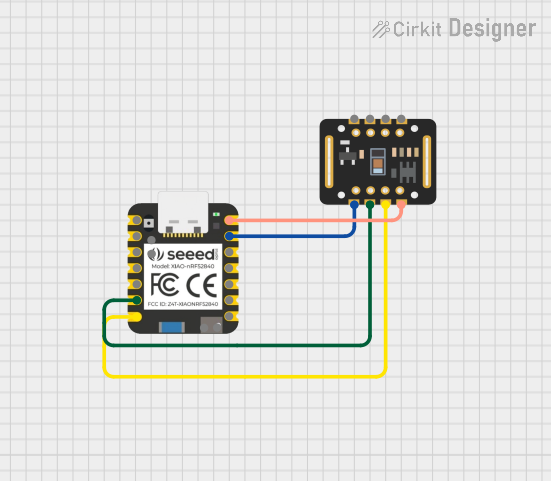
 Open Project in Cirkit Designer
Open Project in Cirkit Designer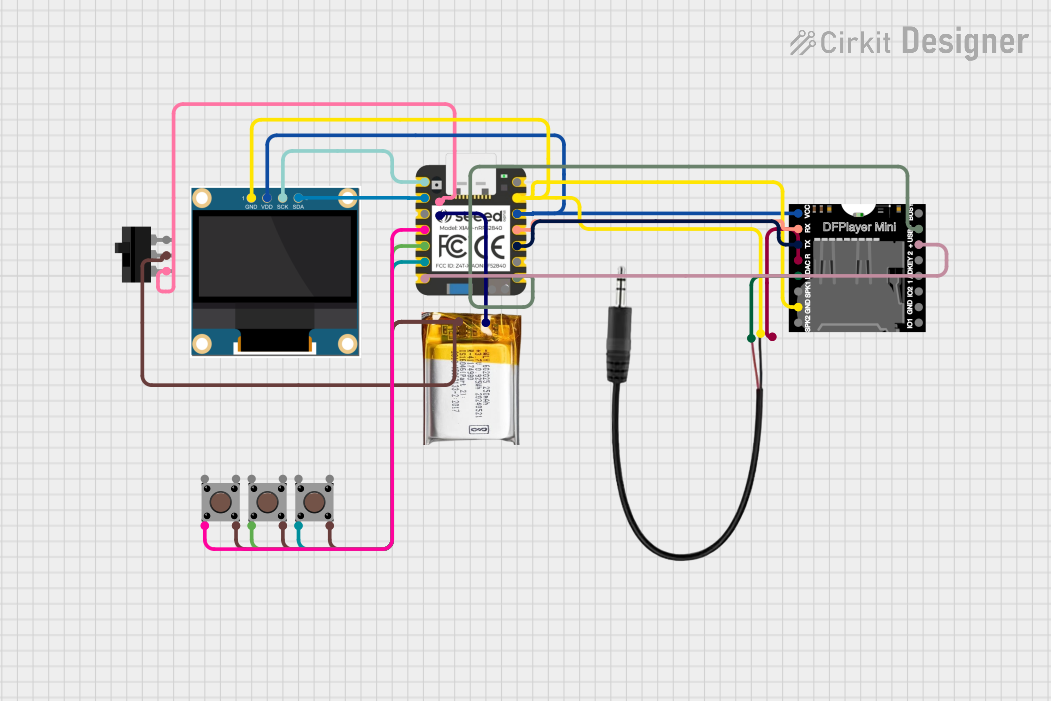
 Open Project in Cirkit Designer
Open Project in Cirkit Designer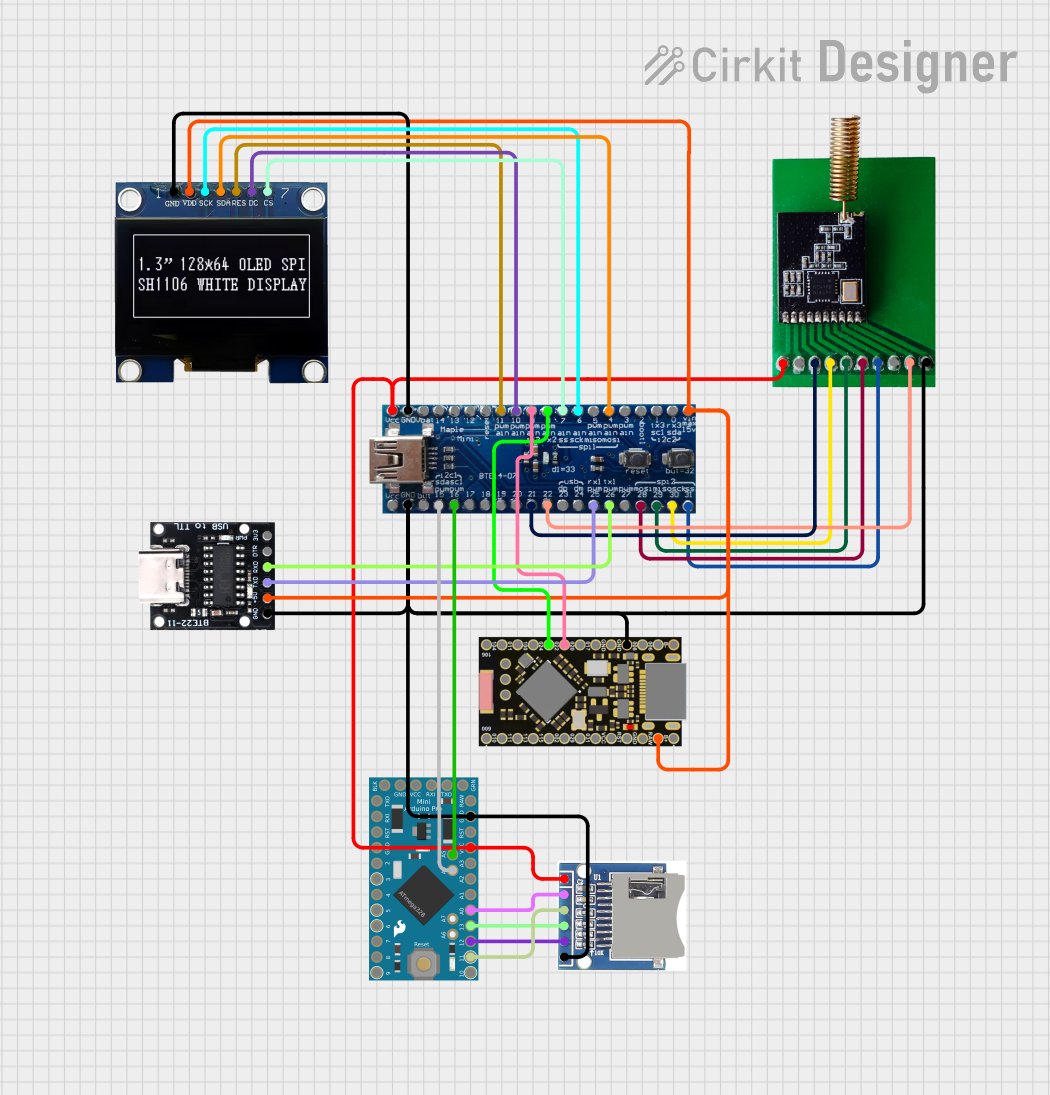
 Open Project in Cirkit Designer
Open Project in Cirkit DesignerExplore Projects Built with SparkFun nRF52832 Breakout

 Open Project in Cirkit Designer
Open Project in Cirkit Designer
 Open Project in Cirkit Designer
Open Project in Cirkit Designer
 Open Project in Cirkit Designer
Open Project in Cirkit Designer
 Open Project in Cirkit Designer
Open Project in Cirkit DesignerTechnical Specifications
Key Technical Details
- SoC: Nordic Semiconductor nRF52832
- Bluetooth Version: Bluetooth 5.0
- Operating Voltage: 1.7V - 3.6V
- I/O Logic Level: 3.3V
- Flash Memory: 512kB
- RAM: 64kB
- GPIO Pins: 24 (with configurable pull-up/pull-down resistors)
- ADC Channels: 8 (12-bit resolution)
- PWM Channels: 12
- Interfaces: UART, I2C, SPI
- Operating Temperature: -40°C to 85°C
Pin Configuration and Descriptions
| Pin Number | Function | Description |
|---|---|---|
| 1 | VDD | Power supply (1.7V - 3.6V) |
| 2 | GND | Ground |
| 3-6 | GPIO | General Purpose Input/Output pins |
| 7 | AREF | Analog reference voltage for ADC |
| 8-10 | ADC[1-3] | Analog to Digital Converter input channels |
| 11 | RESET | Active low reset input |
| 12-15 | SPI[CLK,MOSI,MISO,CS] | SPI communication interface pins |
| 16-17 | I2C[SCL,SDA] | I2C communication interface pins |
| 18-19 | UART[RX,TX] | UART communication interface pins |
| 20-23 | PWM[1-4] | Pulse Width Modulation output channels |
| 24 | ANT | Antenna connection for BLE |
Usage Instructions
Integrating the Component into a Circuit
- Power Supply: Connect a power source of 1.7V to 3.6V to the VDD pin and connect the GND pin to the ground of your power supply.
- Programming: Use the UART pins to interface with a serial programmer for uploading firmware.
- GPIO: Utilize the GPIO pins for interfacing with sensors, actuators, or other peripherals.
- ADC: Connect analog sensors to ADC pins for reading analog values.
- PWM: Use PWM pins to control motors or LEDs with varying intensity.
- Communication: Implement SPI or I2C communication by connecting the respective pins to your peripherals.
Best Practices
- Ensure that the power supply is within the specified voltage range to prevent damage.
- Use pull-up or pull-down resistors on GPIO pins if required by your circuit design.
- When using ADC inputs, ensure that the input voltage does not exceed the reference voltage.
- For BLE functionality, ensure that the antenna is properly connected and positioned for optimal signal strength.
Example Code for Arduino UNO
// Include the required BLE library
#include <BLEPeripheral.h>
// Define the BLE Peripheral
BLEPeripheral blePeripheral;
// Setup BLE service and characteristics
BLEService ledService("19B10000-E8F2-537E-4F6C-D104768A1214");
BLECharCharacteristic switchCharacteristic("19B10001-E8F2-537E-4F6C-D104768A1214", BLEWrite);
void setup() {
// Begin BLE Peripheral
blePeripheral.setLocalName("LED Control");
blePeripheral.setAdvertisedServiceUuid(ledService.uuid());
blePeripheral.addAttribute(ledService);
blePeripheral.addAttribute(switchCharacteristic);
blePeripheral.begin();
pinMode(LED_BUILTIN, OUTPUT);
}
void loop() {
// Poll for BLE events
blePeripheral.poll();
// Check if characteristic value was written
if (switchCharacteristic.written()) {
if (switchCharacteristic.value()) {
digitalWrite(LED_BUILTIN, HIGH); // Turn on LED if value is 1
} else {
digitalWrite(LED_BUILTIN, LOW); // Turn off LED if value is 0
}
}
}
Troubleshooting and FAQs
Common Issues
- Device not powering on: Ensure that the power supply is connected correctly and within the specified voltage range.
- BLE not functioning: Verify that the antenna is properly connected and that there are no obstructions causing signal interference.
- Inconsistent communication: Check the wiring and connections for SPI/I2C/UART interfaces, and ensure that the correct communication protocols are being used in your code.
Solutions and Tips
- Power issues: Use a multimeter to check the voltage at the VDD pin.
- Signal strength: Position the antenna away from metal objects and electronic interference.
- Firmware updates: Regularly update the firmware to the latest version to ensure compatibility and performance improvements.
FAQs
Q: Can the nRF52832 Breakout be used with a 5V system? A: No, the operating voltage is 1.7V to 3.6V. Level shifters should be used for interfacing with 5V systems.
Q: How do I update the firmware on the nRF52832 Breakout? A: Firmware can be updated using a serial programmer and the UART pins. Nordic's nRF5 SDK and tools can be used for firmware development and updates.
Q: What is the range of the BLE on the nRF52832 Breakout? A: The range can vary depending on environmental factors but typically is up to 100 meters line-of-sight with proper antenna configuration.